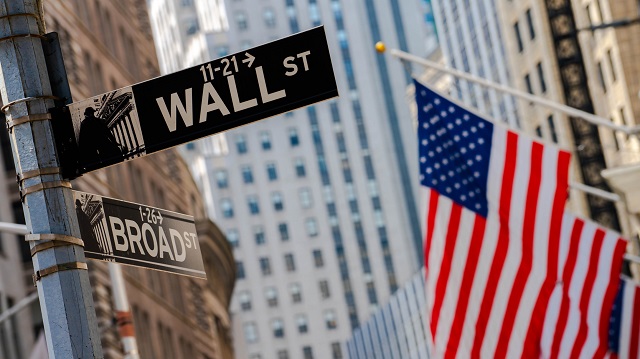
New York, U.S. | Xinhua | U.S. stocks advanced for the week as investors sifted through minutes from the Federal Reserve’s recent meeting and a slew of earnings reports.
For the week ending Friday, the Dow rose 1.6 percent, while the S&P 500 and the tech-heavy Nasdaq Composite climbed 1.8 percent and 2.2 percent, respectively.
The S&P U.S. Listed China 50 index, which is designed to track the performance of the 50 largest Chinese companies listed on U.S. exchanges by total market cap, notched a weekly gain of 1.7 percent.
The above market reactions came as investors weighed the Fed’s taper plan.
U.S. Federal Reserve officials broadly agreed last month the central bank could start tapering asset purchases in mid-November or mid-December, according to the minutes of the Fed’s recent policy meeting released Wednesday.
“Participants noted that if a decision to begin tapering purchases occurred at the next meeting, the process of tapering could commence with the monthly purchase calendars beginning in either mid-November or mid-December,” the Fed said in the minutes of its Sept. 21-22 meeting.
“Participants generally assessed that, provided that the economic recovery remained broadly on track, a gradual tapering process that concluded around the middle of next year would likely be appropriate,” the minutes said.
The Fed has pledged to continue its asset purchase program at least at the current pace of 120 billion U.S. dollars per month until “substantial further progress” has been made on employment and inflation. The central bank will hold its next policy meeting on Nov. 2-3.
A slew of stronger-than-expected earnings reports helped fuel buying on Wall Street.
The earnings season kicked off with major banks among the first to report their quarterly results this week.
Goldman Sachs posted Friday third-quarter results that exceeded analysts’ expectations, as investment banking revenue surged, and the bank reaped record fees from equities financing.
Other financial giants including JPMorgan, Bank of America, Morgan Stanley and Citigroup also reported better-than-anticipated earnings earlier this week.
As of Friday, 80 percent of the 41 S&P 500 companies that have reported third-quarter results have topped earnings per-share expectations, according to FactSet.
Investors also assessed newly-released key economic data.
U.S. retail sales climbed 0.7 percent in September after a 0.9-percent gain in August, the Department of Commerce reported on Friday. Economists polled by Dow Jones were expecting a 0.2-percent decline.
“September data was lifted by high inflation and fear of COVID shifting demand from services to goods,” Will Compernolle, senior economist at FHN Financial, said Friday in a note.
“The personal spending report in two weeks will tell us how much that inflation and demand shift distorted the actual strength of consumer spending in September,” Compernolle added.
On Thursday, the Department of Labor said that U.S. jobless claims, a rough way to measure layoffs, decreased by 36,000 to 293,000 in the week ending Oct. 9, notching a fresh pandemic-era low. Economists polled by The Wall Street Journal had estimated new claims would drop to a seasonally adjusted 318,000.
Elsewhere, a separate report released by the U.S. Bureau of Labor Statistics on Wednesday showed that the U.S. Consumer Price Index (CPI) rose 0.4 percent in September, for a 5.4 percent year-over-year increase. Economists expected to see a month-to-month increase of 0.3 percent or annualized rate of 5.3 percent, according to Dow Jones.
The core CPI, which excludes food and energy, rose 0.2 percent, for a 4.0 percent year-over-year increase.
*****
Xinhua
 The Independent Uganda: You get the Truth we Pay the Price
The Independent Uganda: You get the Truth we Pay the Price



